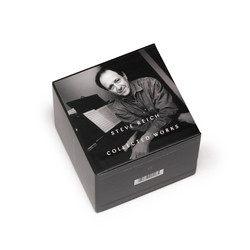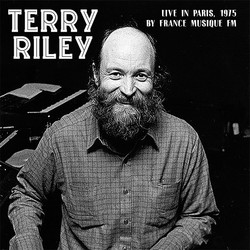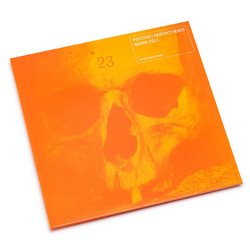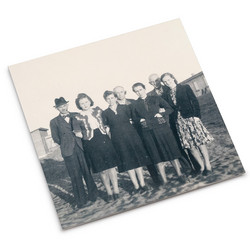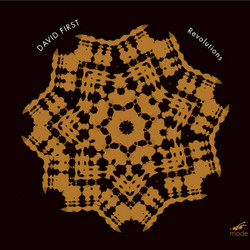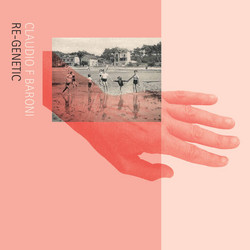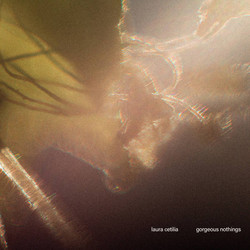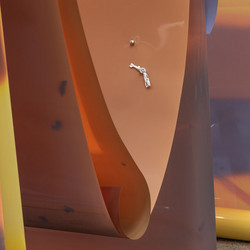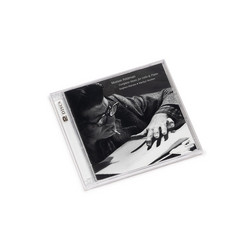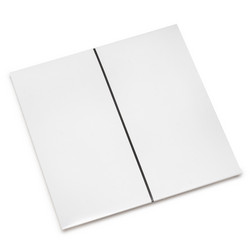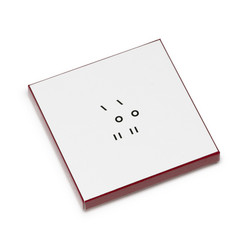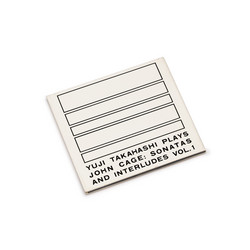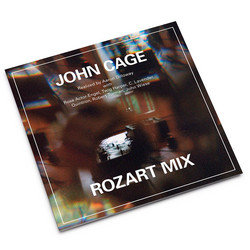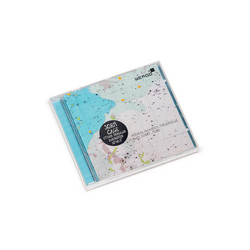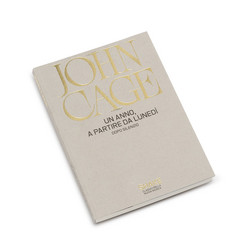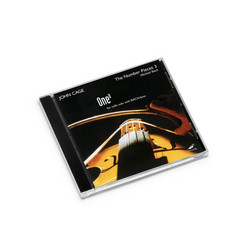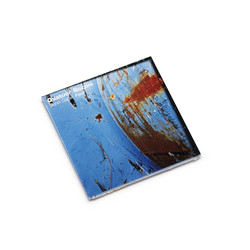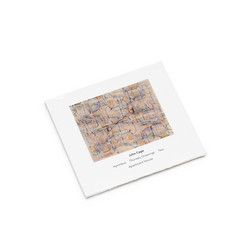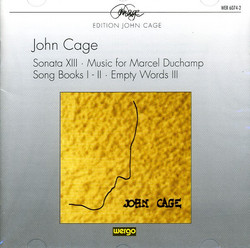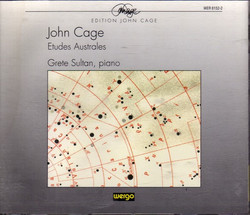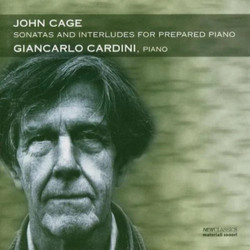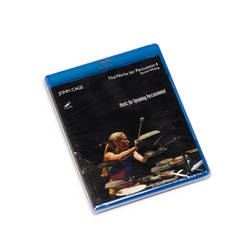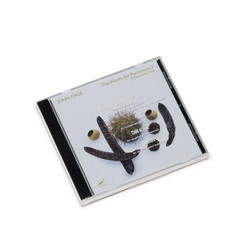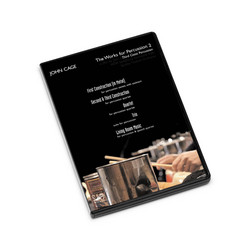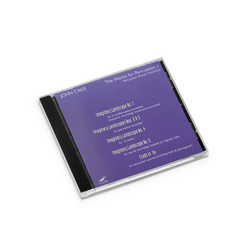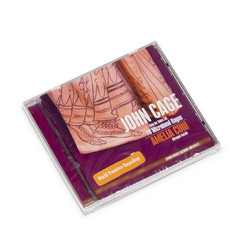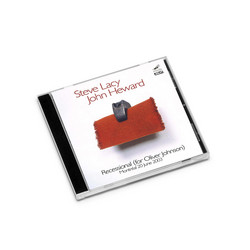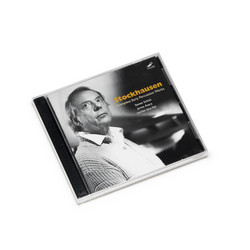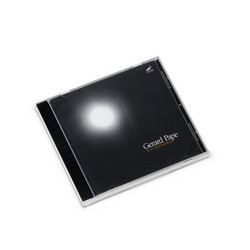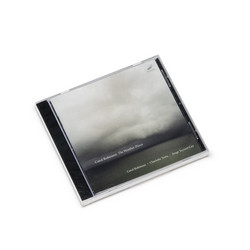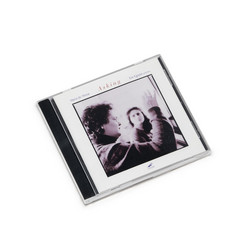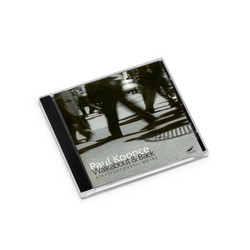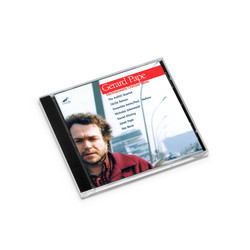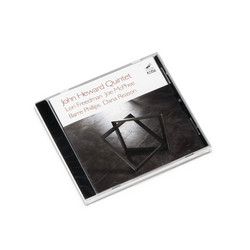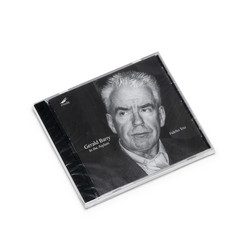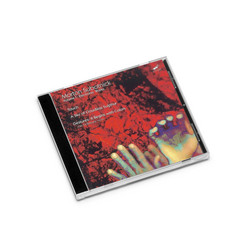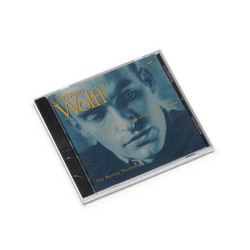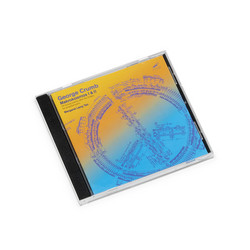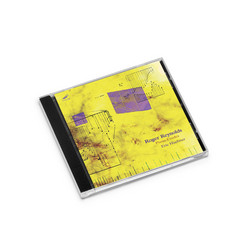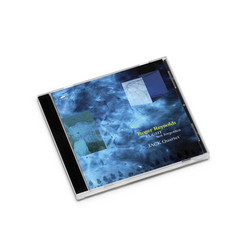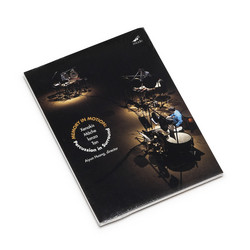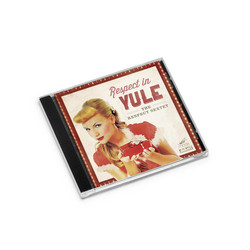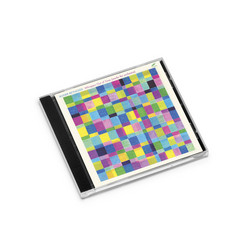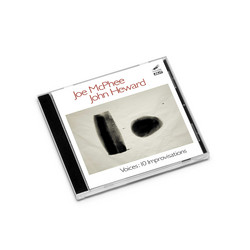Laurel Karlik Sheehan gave the Canadian premiere of Two2 with Jack Behrens in 1990. Rob Haskins is a respected John Cage expert and scholar. Together they bring an authority and expertise to this performance of Two2. In most of the Number Pieces, all the performers have some freedom through Cage’s use of time brackets, flexible measures that show a range of possible starting and ending times. The time bracket system of notation used in these works allows a certain amount of flexibility in the performance: individual notes or chords may always occur in the same general time frame, but their specific order and duration varies slightly and unpredictably from performance to performance. In this way Cage could create a new kind of harmony of “…several sounds…being noticed at the same time.” Cage based Two2 on renga, a Japanese poetic design of five, seven, five, seven, and seven syllables expressed at least thirty-six times. Each line of music is divided into five measures, just like the five lines of the poetry.
The first measure contains five separate musical events – chords or single tones, usually shared between the two pianists – which correspond to the five syllables of the first line; the second measure has seven events, and so on. There are a total of thirty-six such five-measure sections in the piece. While the pianists can take any amount of time to perform each measure, each pianist must wait until both have finished the same measure before proceeding to the next. Given this flexibility, Haskins and Karlik Sheehan’s performance is the longest of the recordings to date – emphasizing the sense of spaciousness and interest in harmony that marks many of Cage’s late pieces.

